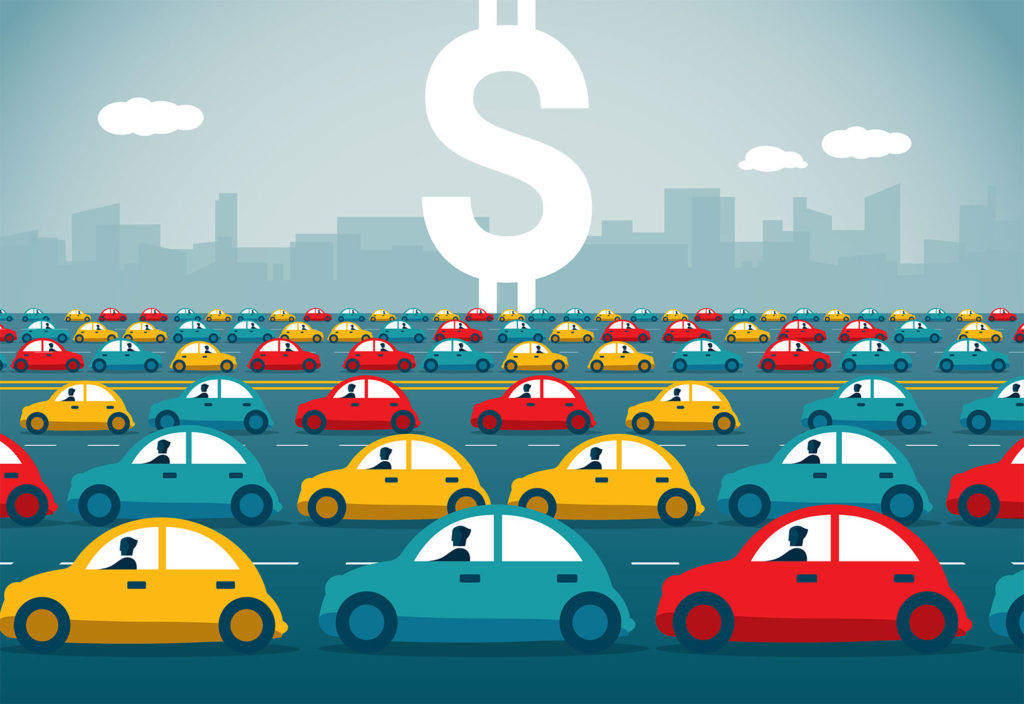Readers often write to create to debate and discuss important engineering topics. Here, one reader discusses a controversial way to bust congestion in cities.
New York is the latest metropolitan centre to adopt a congestion charge, and Melbourne recently revealed its plans to potentially implement one as part of its 10-year strategy.
The debate about a congestion charge, or tax, and how it might work in Australia’s major cities is now firmly on the agenda. Congestion pricing is a contentious issue, even though it goes some way to addressing environmental concerns and dealing with localised traffic bottlenecks.
A congestion tax is politically complex because it is seen as potentially leading to inequality.
When you try to charge a blanket fee to prevent people from going into a particular area, it immediately segregates us into those who can and cannot afford to pay for access.
The pressures on our urban transport systems will continue to bite as major cities like Melbourne and Sydney accelerate and grow.
However, relying on a London-style congestion price, which effectively cordons off sections of the central business district, probably won’t be the long-term answer.
Times are changing rapidly, and local governments are starting to appreciate how technology, and the future onset of automated vehicles (AV), mobility-as-a-service (MaaS) and electric vehicles (EV), will impact how we use roads.
Technological advances will mean that vehicles that are already connected will be able to communicate with each other and the world around them. With these developments, a layered, user-specific road-pricing system becomes the sustainable and better option.
In the future, a car’s real-time usage could be reported to a mainframe and could therefore be charged-out by a group of agreed measurements such as distance, time, location and routes chosen. EVs already lend themselves to this full blend of solutions, which can enhance existing techniques to manage congestion.
At the moment, the concept is still difficult to sell to local governments. But in 20 years, when we reach more than 80 per cent saturation, we could be living in a world where cities are designed to allow multiple transport options to drop you to and from wherever you want to go with ease.
A road-pricing system also has the capability to adapt to changing technology and is a fairer, more individual option.
Some governments are already modelling alternative revenue concepts to tap into AVs and EVs.
One possibility is that road pricing might work like the Uber pricing system; if you drive at a less busy time of day, you pay accordingly as opposed to travelling in peak times. In the same way we pay for electricity, we could pay less or more for road use at specific times of the day.
The value proposition is a game changer for local governments, and it means the argument for road pricing becomes easier to justify.
Road pricing is a real alternative mechanism to the congestion tax. It is adaptable and will work with EVs and AVs while simultaneously creating future revenue.
Derrick Hitchins
SMEC National Sector Leader — Transport Planning, Logistics & Analytics
